-
A fusion reactor in southern France has reached a major milestone towards clean, limitless energy.
-
The fusion reactor WEST created a super-hot plasma and maintained it for six minutes.
-
The experiment lays the foundation for a larger fusion reactor called ITER.
A fusion reactor in southern France called WEST has just reached a major milestone that brings us one step closer to clean, sustainable, virtually unlimited energy.
Scientists at the Princeton Plasma Physics Laboratory in New Jersey, who worked on the project, announced today that the device created a super-hot material called plasma that reaches a temperature of 90 million degrees Fahrenheit (50 million degrees Celsius) for six consecutive minutes. achieved.
The ultimate goal is to maintain a super-hot plasma for hours, but 6 minutes is a new world record for a device like WEST. Other nuclear reactors similar to WEST have created hotter plasmas, but they have not lasted as long.
WEST is what is called a tokamak. It is a doughnut-shaped fusion reactor the size of an 8-by-8-foot room with 8-foot ceilings, capable of generating the same kind of energy as our sun. That’s why scientists sometimes call these machines “artificial suns.”
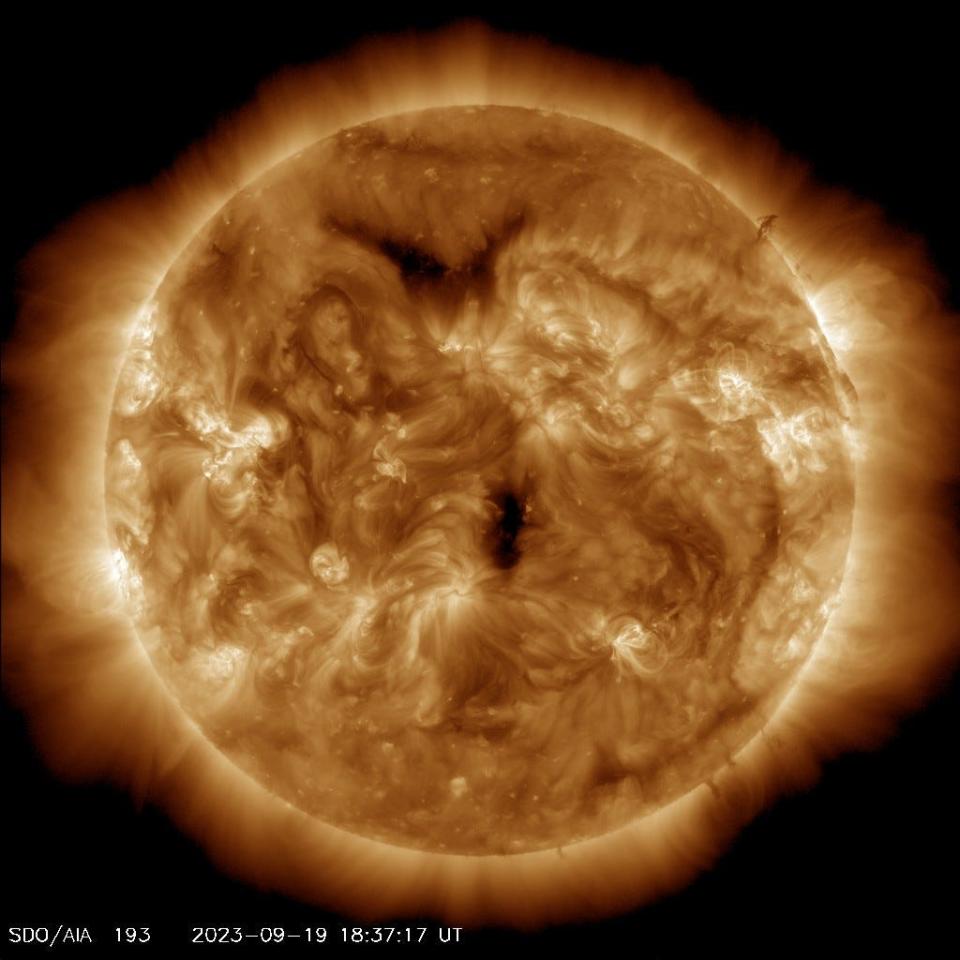
“What we’re trying to do is create a sun on Earth,” Luis Delgado-Aparicio, PPPL’s head of advanced projects, told Business Insider. “And that’s extremely, extremely challenging,” he said, but this new record suggests they are on the right track.
The sun runs on nuclear fusion (when atomic nuclei come together and release energy), not to be confused with the nuclear fission process (when atomic nuclei break apart and release energy) that powers today’s nuclear reactors.
Fusion energy is more powerful than any form of energy we have today. If we can harness that power, it could produce almost 4 million times more energy per kilogram of fuel than fossil fuels. Moreover, it is carbon-free.
Significant challenges remain before this becomes a reality, and that’s where experimental reactors like WEST come into play.
Although WEST will not be used to generate fusion electricity for homes, it is critical to the research that will lay the foundation for future commercial reactors.
WEST creates more energy and lays the foundation for ITER
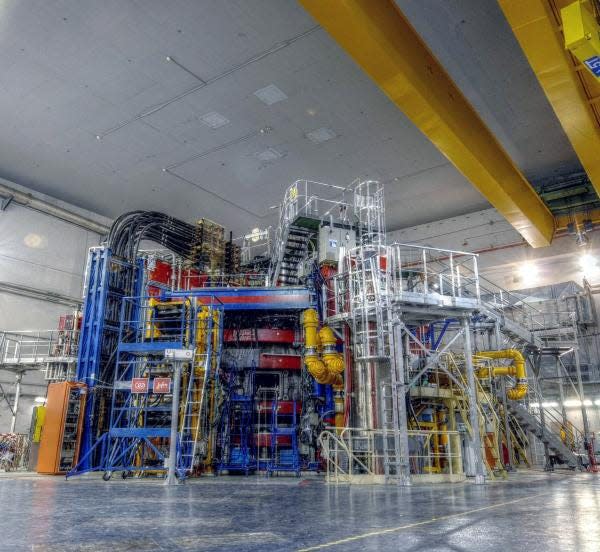

WEST has a lot in common with ITER, a nearby reactor being built in southern France that, when completed, will be the world’s largest tokamak capable of sustaining self-sustaining burning plasmas. Creating that self-heating mixture is a crucial step in harnessing the power of fusion for commercial purposes.
However, due to cost and technological setbacks, it is unclear when ITER will be ready. In the meantime, other facilities are conducting experiments to figure out how best to operate the giant reactor. This also applies to WEST.
The two reactors are practically neighbors and the experiments at WEST are directly applicable to ITER, Delgado-Aparicio said.
To make fusion possible on Earth, the fuel must reach at least 50 million degrees Celsius. One of the main obstacles facing fusion energy is that it requires a huge amount of energy to generate those extreme temperatures, and so far reactors cannot sustain a plasma long enough to obtain an energy surplus that could be used for commercial use. For now, fusion reactors typically consume more energy than they produce.
WEST’s latest breakthrough was no exception. However, it did generate 15% more energy from fusion compared to previous attempts, PPPL said in a statement. Additionally, the plasma was twice as dense, another important part of creating more energy.
The key to WEST’s record success: tungsten
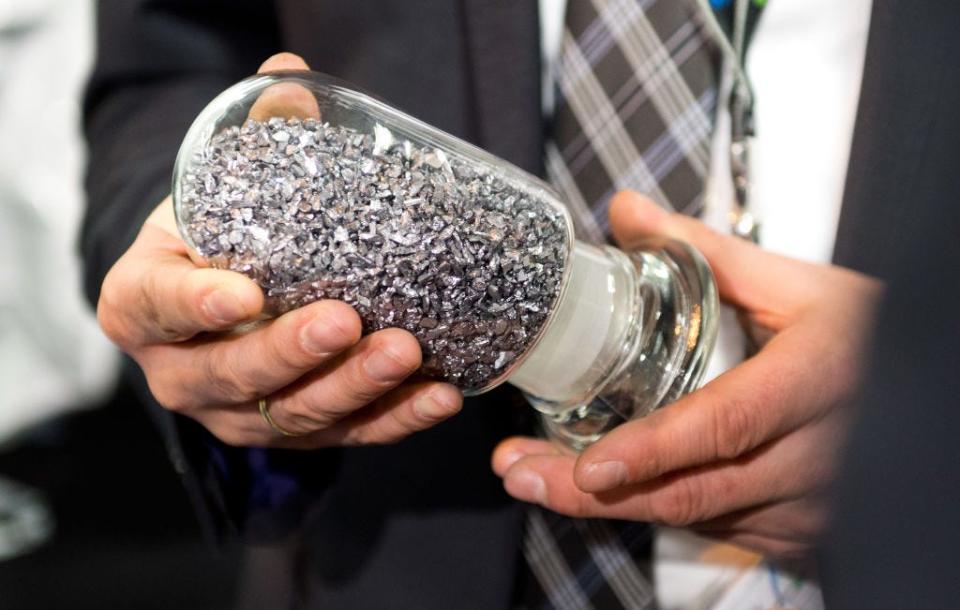

WEST helps scientists test the best materials for building the walls in a fusion reactor, which is not easy because these environments can reach temperatures more than three times that of the center of the sun.
Originally, WEST contained carbon walls. While carbon is easy to work with, Delgado-Aparicio says, it also absorbs tritium, a rare hydrogen isotope that fuels the fusion reaction.
“Imagine you have a wall that is not just a wall, but a kind of sponge,” he said, “a sponge that absorbs your fuel.”
So in 2012, scientists decided to test a different material for the tokamak’s walls: tungsten – the same material that ITER will use for some of its key components.
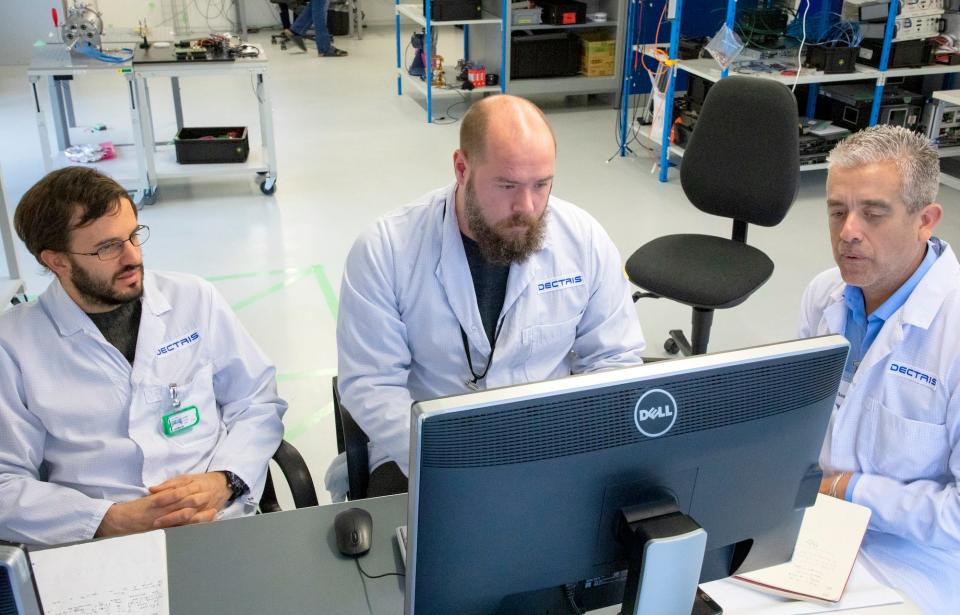

Because of tungsten’s ability to withstand heat without absorbing tritium, Delgado-Aparicio believes it is the ideal material for tokamak walls.
That said, tungsten isn’t perfect. One of the disadvantages is that it can melt and end up in the plasma, contaminating it. This in turn can counteract the process, causing a lot of energy to be radiated away and the plasma to cool down.
To optimize the system, scientists must understand how exactly tungsten behaves and interacts with the plasma. That’s what researchers are doing with WEST.
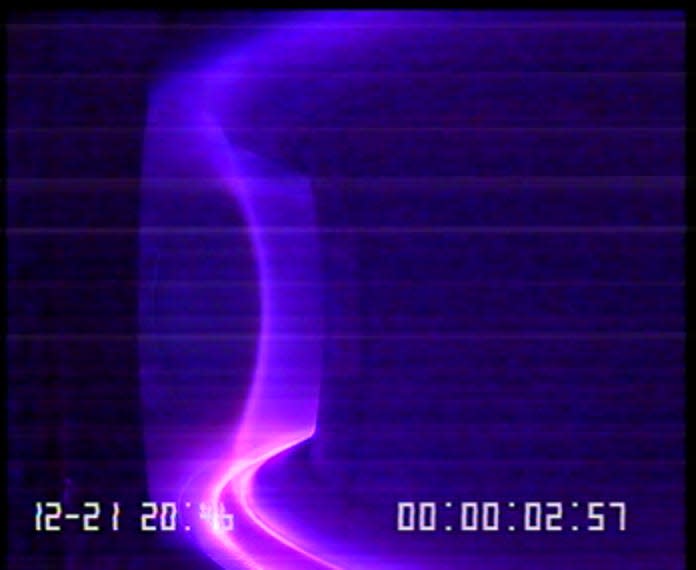

The PPPL team has adapted a diagnostic tool they used in this latest WEST experiment. The tool helped the team accurately measure the temperature of the plasma to better understand how tungsten migrates from the device wall to the plasma.
“We can detect how it moves inside, we can track it, we can study its transport inside the machine,” Delgadot-Aparicio said. That could help develop future methods to keep the plasma free of impurities such as blobs of tungsten that cool it.
“Now we understand how to provide that cooling,” he said, “and that experience will be exported alongside ITER.”
WEST and ITER are not the only reactors that use tungsten.
For example, Commonwealth Fusion Systems (CFS) uses tungsten walls for SPARC, its demonstration fusion reactor. And Korea’s KSTAR has a tungsten arrester and recently demonstrated a 30-second, 100-million-degree plasma.
Whether tungsten proves to be the key to unlocking commercial fusion energy remains to be seen.
Commercial fusion energy will likely be decades away, but Delgado-Aparicio believes they are taking steps toward “this great goal of giving energy to humanity.”
PPPL said it will publish the results of its experiment in a peer-reviewed journal within a few weeks.
Read the original article on Business Insider